Growing the Lucullus Swiss chard
This is my first year growing the Lucullus Swiss chard. I'm actually surprised by how well it turned out! The leaves are thin and tender, and the plants are quite small. But the taste! You simply have to try it.
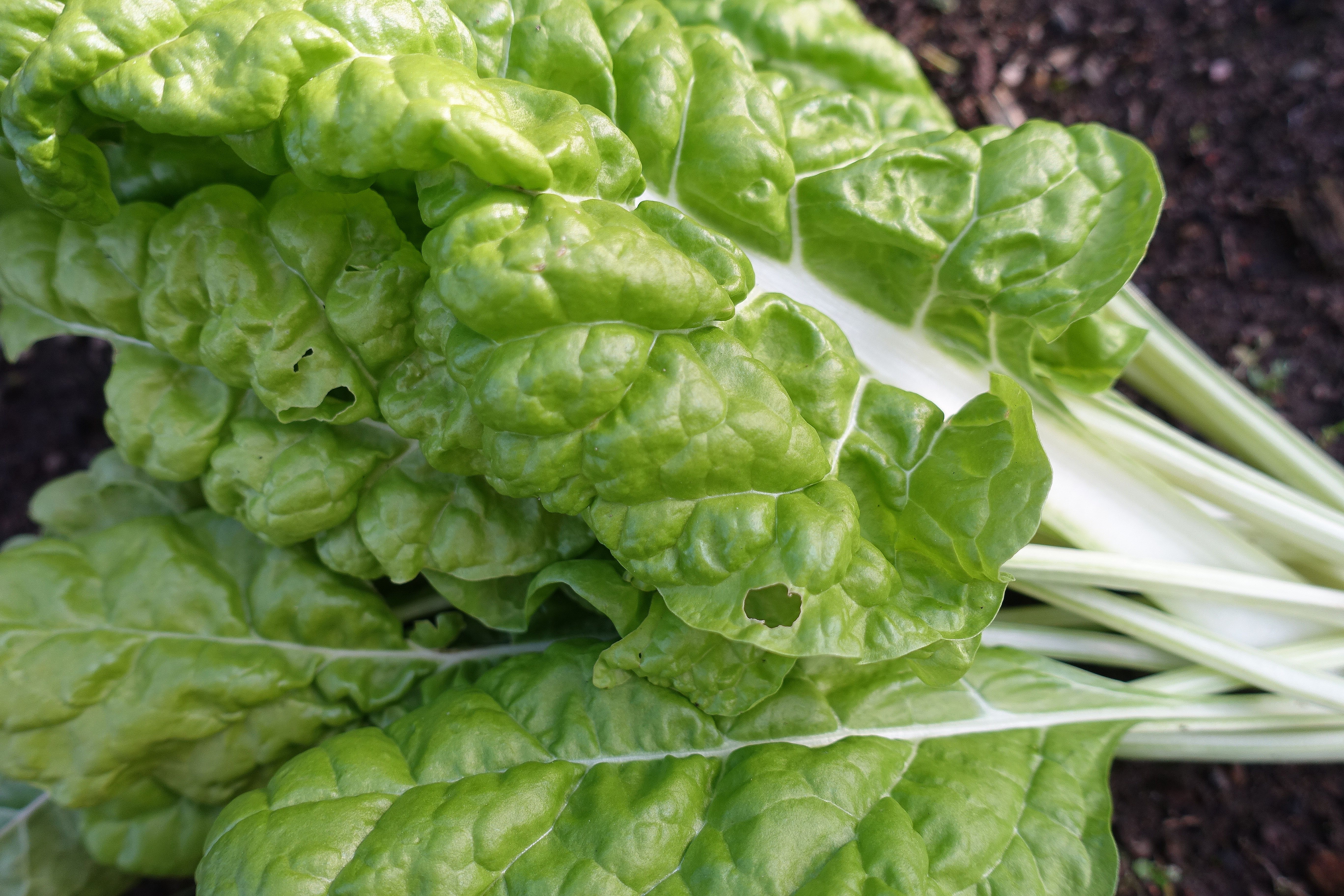
The Lucullus Swiss chard is light green and the leaves are amazingly good when cooked.
There are so many different chard varieties out there. I just love the varieties with large leaves and I often admire the many-colored chard stems in my beds. Chard is such a versatile leafy vegetable that you can use in many different dishes. It's easy to grow and you can keep it in the freezer too. Perfect!
Here's a handy tip on how to keep leafy vegetables fresh in your refrigerator: Store leafy vegetables in your refrigerator
One of my favorite projects this summer was planting the Lucullus Swiss chard. My family and I were just thrilled the first time we cooked it! This is by far the best chard I have ever cooked.
Pale and tender
The Lucullus Swiss chard produces light green leaves that are relatively small (at least in my garden.) This variety might just be smaller than others, or maybe it's because of the heat and drought this summer. I could have picked the wrong location for them too of course. The stems are very fine and the leaves are a lot thinner than the other chard varieties I grow in my garden.
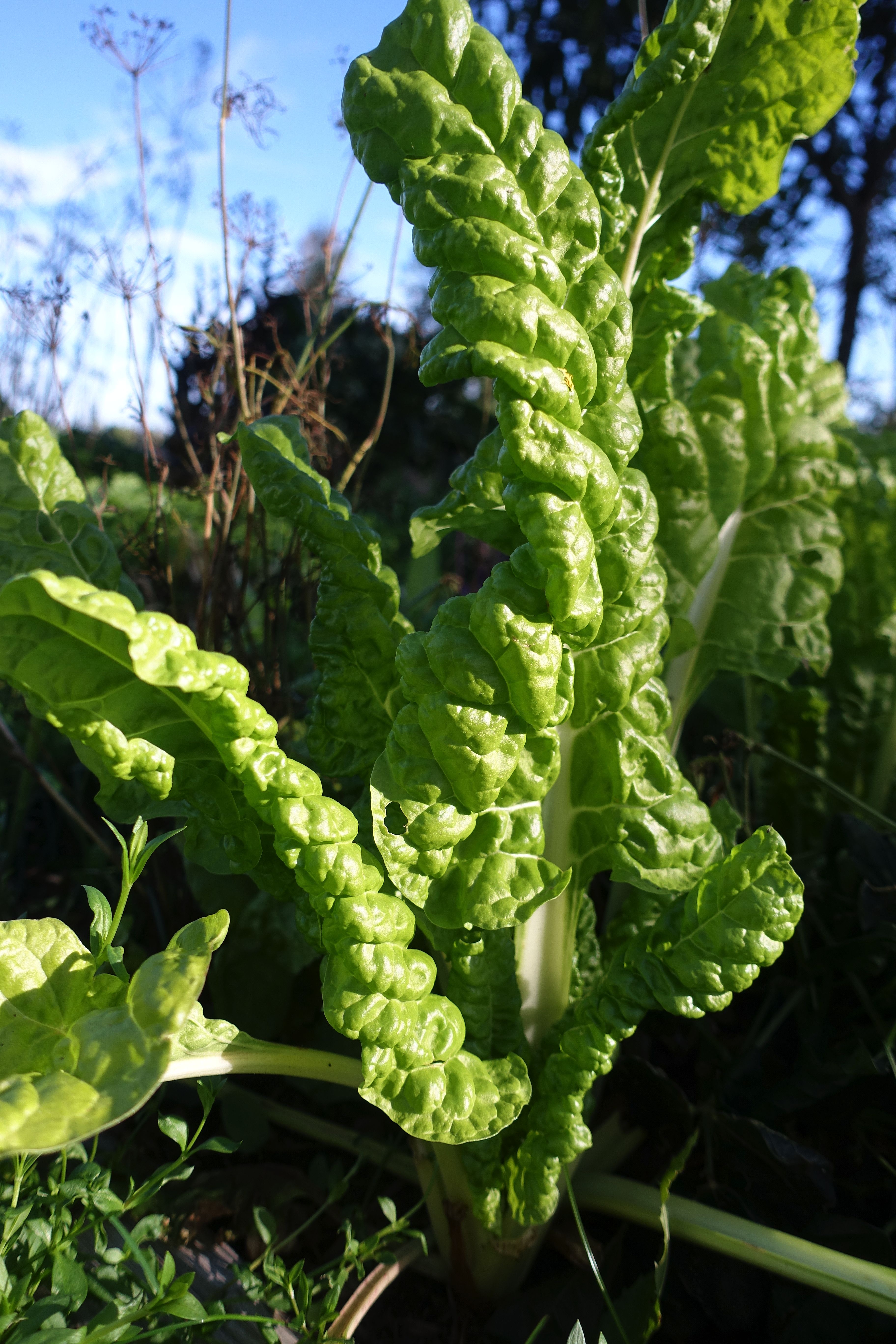
The leaves grow large if you are patient and wait a bit longer before harvesting them.
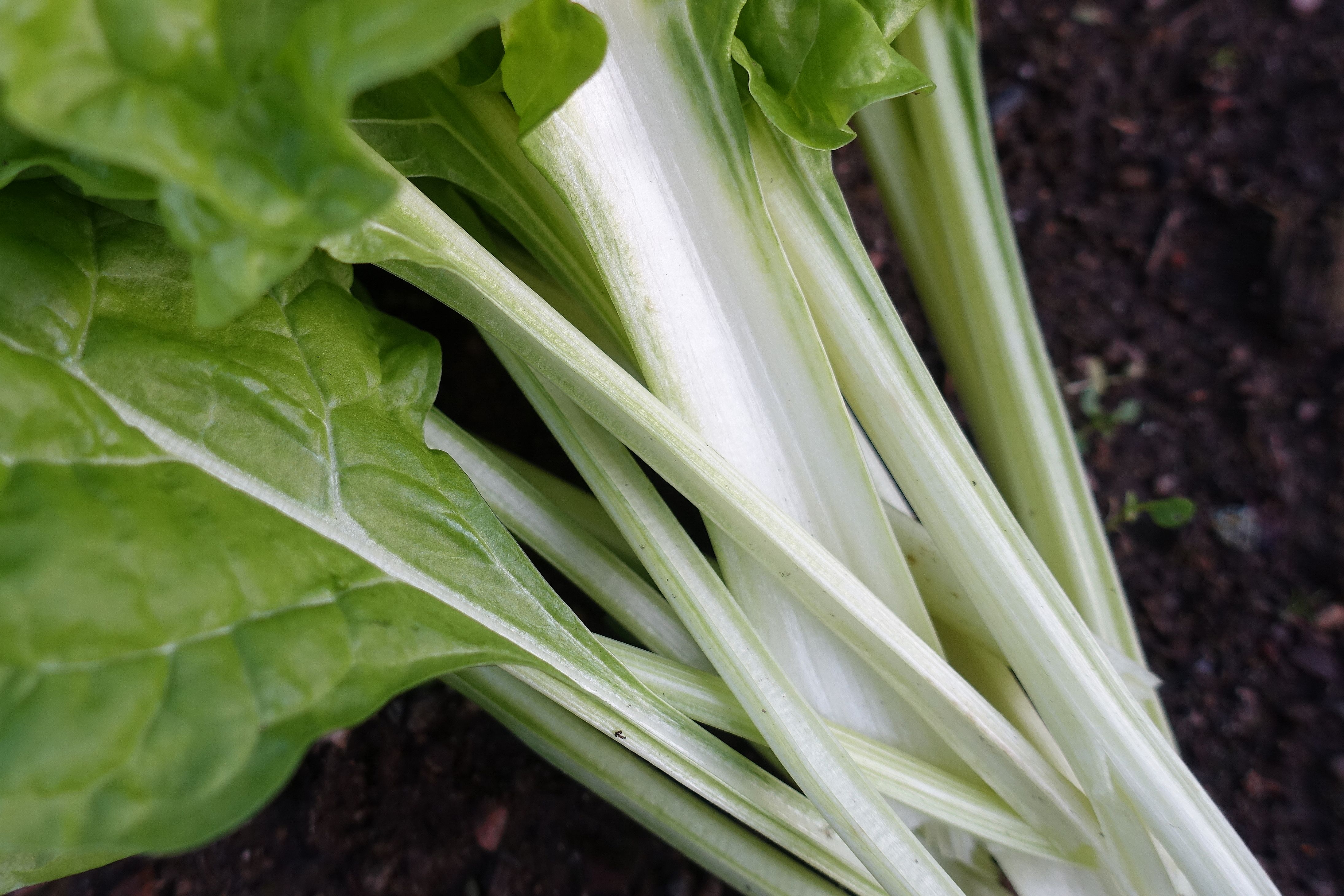
The stems are tender and crisp. You don't need to remove them before you cook your chard.
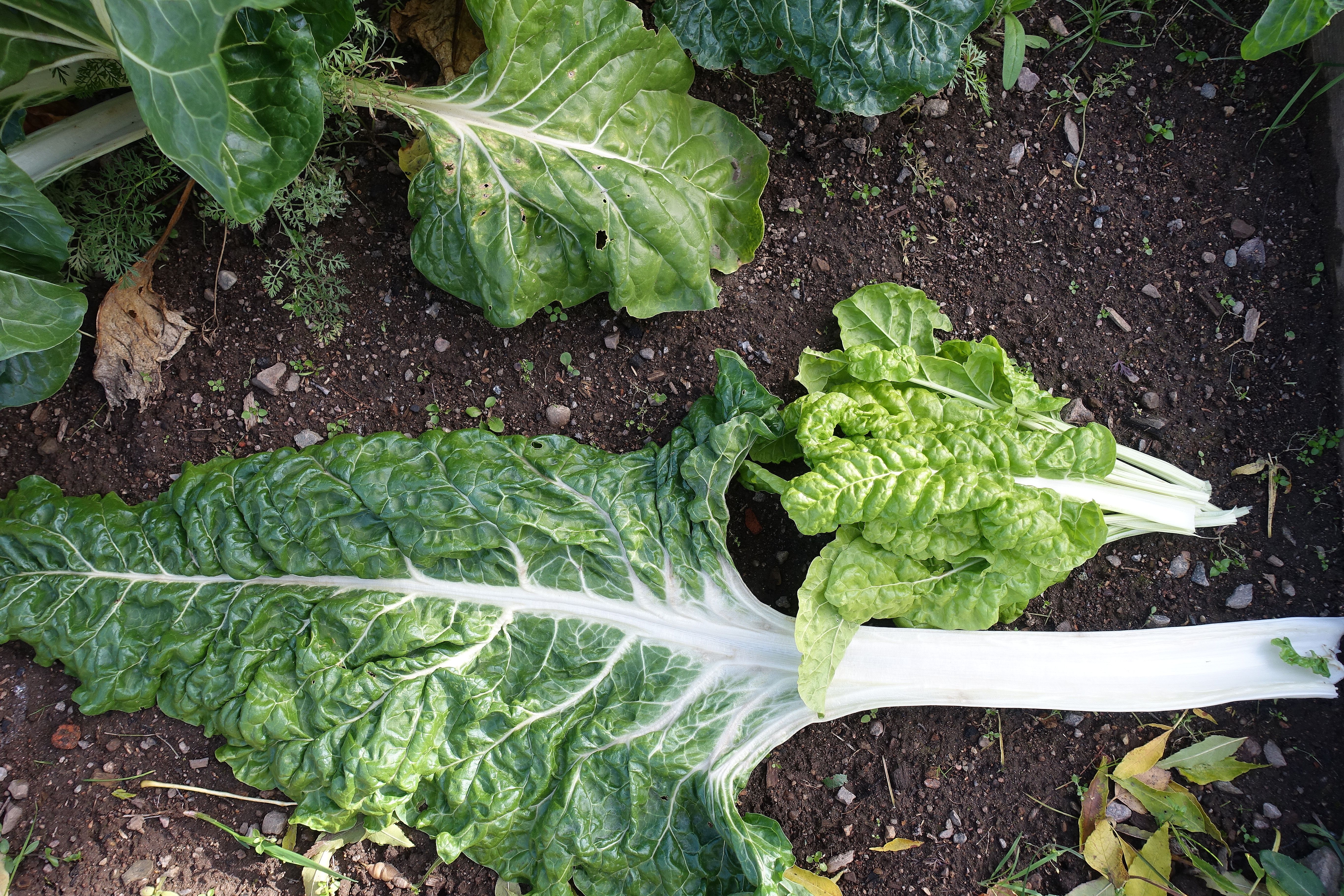
The Lucullus Swiss chard is tiny compared to the large Fordhook Giant variety.
Just like frying spinach
We eat some kind of fried green leaves almost every day. Regular chard is almost leathery in texture, especially the ones that I leave in my beds for quite some time. But this variety has such thin leaves that they almost melt in my mouth. My husband told me that this was probably the best leafy vegetable we have had here at home. And all we did was to quickly fry them in butter. Straight from the plant to the pan. So straightforward and amazingly good!
Overwintering chard
The Lucullus Swiss chard was completely new in my go-to seed shop Impecta this year, and I haven't tried growing it during the cold season yet. But since this variety was such a success, I plan on moving a few plants to my polytunnel and overwintering them. Chard is generally a quite hardy leafy green. It might not look like much when it's cold outside, but it actually starts to sprout new leaves as soon as the light returns up here in the north, in February. I actually got to harvest delicious chard from April through May, from the plants I overwintered in my polytunnel. I plan to do the same with the Lucullus variety too!
I haven't had much success sowing chard in fall and winter, so I overwinter my plants instead. Some varieties are very cold-resistant and can survive through very low temperatures without too much trouble. Perpetual Spinach is said to be one of the hardiest varieties.
Watch the video below to learn how to overwinter lettuce in a polytunnel. You can do the same thing with chard too.
Chard is in my opinion just the perfect leafy green. It's low-maintenance throughout the season and produces a large harvest over a long period of time. I freeze large quantities in fall so we have enough of it to eat in the cold winter. I always parboil my leaves first, since this gives them a better texture. It's also important to boil them in order to remove some of the nitrate in the leaves. This compound can be harmful if you eat too much of it, children are especially sensitive.
/Sara Bäckmo
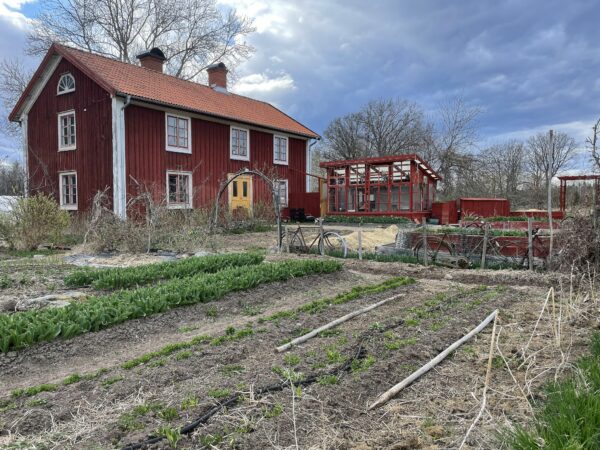
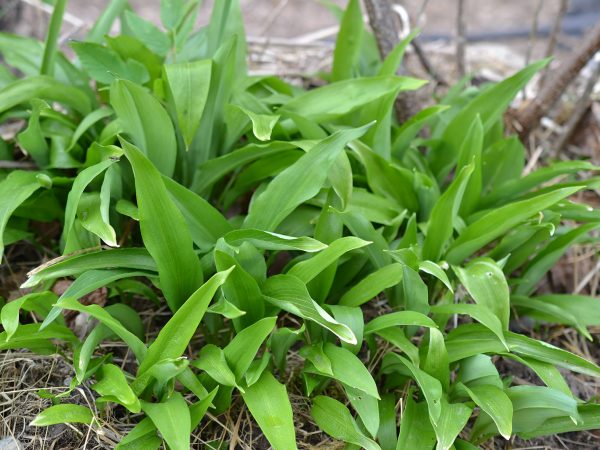
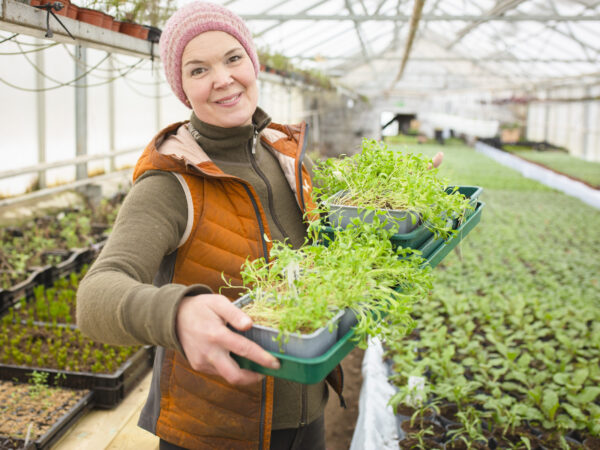
Leave a Reply